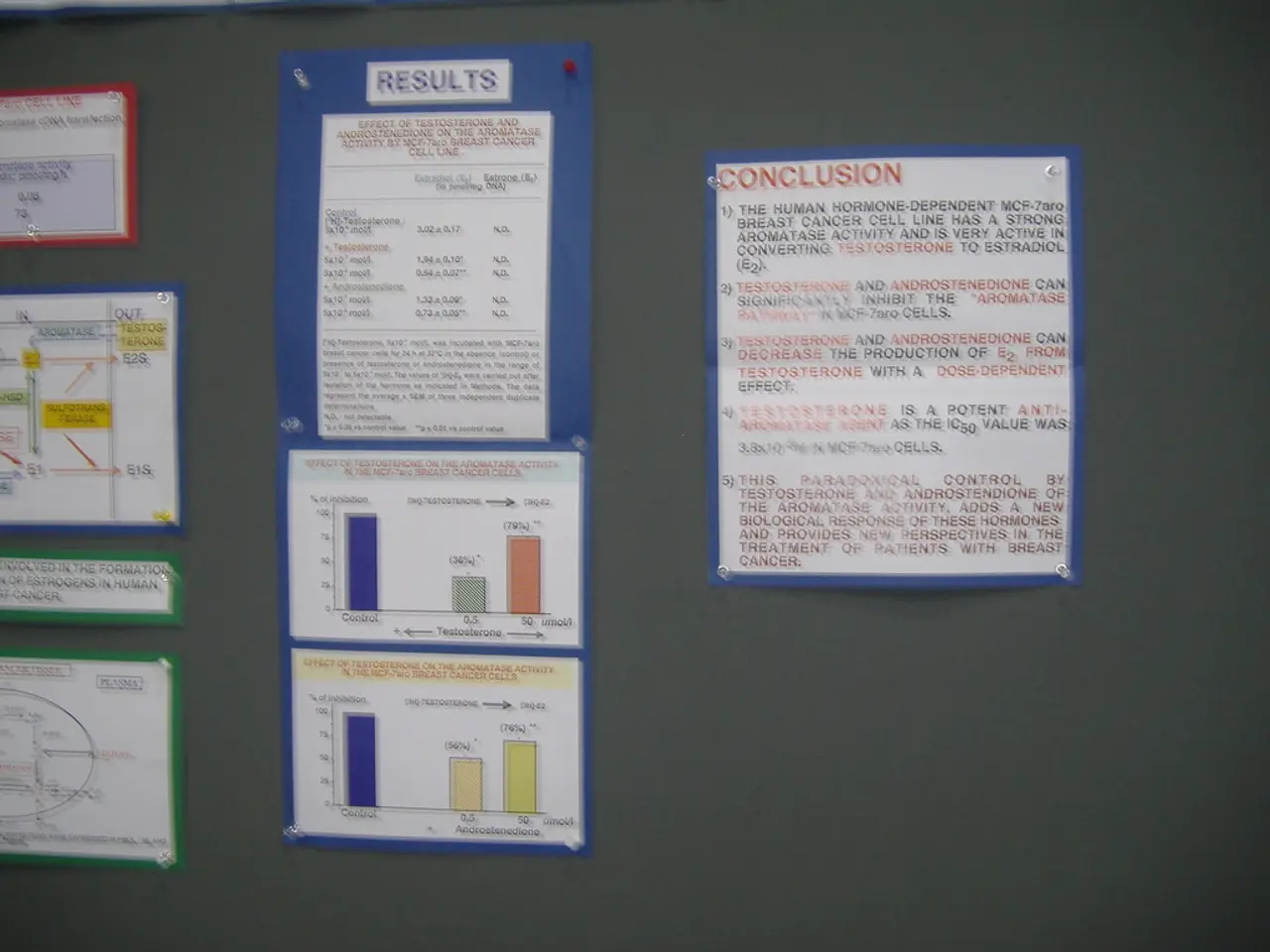Operating Procedures: Definitions, Goals, Examples, and Templates Explained
In today's fast-paced work environment, ensuring consistency, quality, and efficiency is crucial. One effective tool that many organisations are turning to is Standard Operating Procedures, or SOPs.
What are SOPs?
A Standard Operating Procedure is a detailed guide on how to perform routine tasks to ensure they are done correctly and consistently. They provide clear instructions for workers to follow, and examples range from call center escalation matrices and publishing checklists to performance reviews and disaster preparedness plans.
Creating Effective SOPs
- Identify the Target Audience: Factors such as familiarity with the organisation, industry terminologies, knowledge level, experience level, language and comprehension skills, roles and responsibilities should be considered when identifying the target audience.
- Specify the Procedure: The SOP should clearly state the procedure, process, or activity it pertains to.
- Define the Scope: The scope of the SOP should be defined, determining what will be covered and what will not within the document.
- Choose the Format: The format of the SOP can vary depending on the task at hand, and can include checklists, presentations, handouts, infographics, etc.
- Write the SOP: Essential elements such as the procedure name, procedure summary, document ID number, most recent revision date, description of most recent change (if applicable), reviews and approvals should be included in the written SOP.
Making SOPs More Engaging
To effectively use visuals in SOPs for improved employee engagement and training, incorporate clear and relevant visual elements such as videos, flowcharts, screenshots, and annotated images. These visuals simplify complex processes, make key points stand out, and enable employees to grasp instructions quickly and accurately.
Key strategies include:
- Use Video SOPs: Videos showing actual task execution engage employees more than text by demonstrating each step in action.
- Integrate Flowcharts and Checklists: These tools help illustrate decision points and multiple outcomes in a process, while checklists provide simple, step-by-step guidance for routine or repetitive tasks.
- Apply Visual Management Principles: Use visual cues and hubs to make operational goals and standards visible across teams.
- Leverage Microlearning Visuals: Bite-sized visuals such as infographics and animations boost learning retention significantly.
- Make SOPs Interactive and Engaging: Use annotations, highlights, and enthusiasm in screencasts or interactive courses to hold learners’ interest.
The Benefits of SOPs
Effective SOPs become a go-to resource for team members to reinforce their training, ensuring all necessary steps to complete a task are done every single time. They help maintain quality and efficiency while preventing errors. SOPs are used in many industries to ensure safety and reliability.
Companies use SOPs both for new hires and for training existing team members on new equipment, procedures, or tasks. SOP documents that help team members navigate tricky situations are particularly helpful in training new workers or getting veterans up to speed on a new process or system.
In conclusion, SOPs are an invaluable tool for businesses seeking to improve training, maintain consistency, and boost operational performance. By making SOPs engaging and interactive, organisations can further enhance their effectiveness and foster a culture of continuous learning and improvement.
Data visualization can be used to create more engaging SOPs, enhancing employee training and learning retention. For example, incorporating videos, flowcharts, and annotated images can simplify complex processes and make crucial points stand out.
Standard Operating Procedures (SOPs) are not limited to finance or business areas; they are also beneficial in education-and-self-development and lifestyle sectors, where clear and consistent guidelines are essential for efficient performance.
Technology plays a crucial role in the creation and implementation of SOPs, facilitating the development of interactive, digital SOPs that can be easily accessed and updated across various devices, promoting consistency and efficiency.




